Coracobrachialis muscle
What is Coracobrachialis?
The coracobrachialis is a long and thin muscle in the arm’s anterior compartment. It runs from the coracoid process of the scapula to the shaft of the humerus, as the term implies.
The coracobrachialis muscle’s main function is to generate arm flexion and adduction at the shoulder joint. The musculocutaneous nerve innervates the coracobrachialis muscle, as well as the other arm flexors (biceps brachii and brachialis).
Origin of Coracobrachialis muscle
The coracobrachialis muscle originates from the (deep surface of the) apex of the scapula’s coracoid process. (a familiar origin with the short head of the biceps brachii). It also originates from the proximal portion of the biceps brachii muscle’s tendon of origin.
Insertion
It is introduced (via a flat tendon) into an impression at the center of the medial border of the humerus body (humerus shaft) between the triceps brachii (medial head) and the brachialis muscle attachments.
Blood Supply
It receives blood from a branch of the brachial artery.
Innervation
The musculocutaneous nerve, which originates from the anterior division of the upper trunk (C5, C6) and middle trunk (C7) of the brachial plexus, perforates and innervates the coracobrachialis muscle.
Function of Coracobrachialis muscle
The coracobrachialis muscle bends and adducts the shoulder at the glenohumeral joint or shoulder joint. Furthermore, the coracobrachialis prevents the arm from deviating from the frontal plane during an abduction. As a result, coracobrachialis contraction causes two separate movements at the shoulder joint.
It both draws the humerus forward, producing arm flexion and draws the humerus toward the torso, causing arm adduction. It also turns the humerus inwards, causing internal rotation to a lesser degree. Another essential function of the coracobrachialis is to stabilize the humeral head within the shoulder joint, particularly when the arm is at a person’s side.
Clinical significance
The overuse of the coracobrachialis can conduct to the stiffening of the muscle. Familiar reasons for injury contain chest workouts or activities that need one to push the arm very tight towards the body, eg. work on the rounds in gymnastics.
Symptoms of overuse or damage are a pain in the arm and shoulder, radiating down to the back of the hand. In more extreme circumstances, the musculocutaneous nerve can bring trapped, generating troubles in sensation to the skin on the radial aspect of the forearm and weakened flexion of the elbow, as the nerve even delivers the biceps brachii and brachialis muscles.
Actual rupture to the coracobrachialis muscle is excessively infrequent. Extremely little case information exists in the literature, and it is noted to be generated by direct trauma to the contracted muscle. Avulsion of the muscle’s origin from the coracoid as an outcome of indirect forces is more uncommon.
Assessment
Palpation
Because the coracobrachialis lies beneath the short head of the biceps brachii, the therapist should passively bend the wrist at the elbow to exclude recruitment of the biceps brachii muscle and allow only contraction of the coracobrachialis. To validate, ask the client to flex the elbow, which will demonstrate biceps brachii muscle contraction but not coracobrachialis muscle contraction. The therapist’s thumb should be positioned high and close to the armpit between your biceps and triceps on the superior and anteromedial surfaces of the arm. Then, bring your arm closer to the subject’s torso.
Strength
To separate it for testing is hard, as it is not a prime mover and different muscles may partake during testing. The beginning position should be sitting or supine with the arm bent and turned externally at the shoulder joint, with the elbow in maximum flexion and forearm supination for grades 5, 4, and 3 while grade 2, is evaluated in side-lying with examination arm uppermost, arm bent, turned externally at the shoulder joint, with the elbow in maximum flexion and forearm supination.
Resistance by the therapist’s hand should be put at the lower of the humerus and elbow, while a subject is taught to bend and externally turn the arm.
Coracobrachialis Stretching
Attempt these stretches for the Coracobrachialis:
Chair Stretch
With your left hand, grab the top of a chair’s back with an underhand clutch. This indicates your left hand’s palm is facing the sky. Turn sideways and take a stride away from the chair, extending your left arm completely. Begin rotating your left arm forward and away from the chair without moving your lower torso or hips. A mild extension in the Coracobrachialis should be felt. Maintain this posture for 30 seconds before switching limbs.
Seated Stretch
Take a position on the edge, a stool, or a chair with no armrests. Your feet should be level on the floor and wider than hip-width apart. Put your hands just above the tops of your legs. Rotate your left shoulder and head to the right as far as possible to extend the left Coracobrachialis. Aim to position your left arm between your legs. Hold for 30 seconds before switching sides to extend the other Coracobrachialis.
PNF Chest stretch
This is a peripheral neuromuscular stimulation method for stretching the pec minor and major muscles. Place your upper arm along the frame of a doorway or squat rack and step forward with the opposing limb. Pull your torso forward to sense a stretch in your chest. Hold for 5-7 seconds before pushing your elbow into the wall without moving your torso. Maintain this tension for 5-7 seconds before relaxing into a deeper stretch.
Coracobrachialis Strengthening Exercises
Low Chest Fly
The Coracobrachialis will be strengthened by a Low Chest Fly. Set the pulleys on a cable machine to the lowest setting and take a step forward in a staged posture. Begin by placing your hands at your sides and concurrently raising both forearms to mid-chest height. Repeat the action by lowering the wrists back to the beginning position.
Dips
Dips are an excellent method to tone the Coracobrachialis. At home, you can use a Dip machine or simply the side of your sofa. Grip the chair’s edge with your hands behind you and your ankles outstretched in front of you. Bend the arms and lower the torso to the ground. Return to the beginning posture by extending the arms and repeating the action.
Chin Ups
Chin Ups are another excellent method to activate the Coracobrachialis while conducting arm flexion and adduction.
Plate squeeze front press
This is a strengthening practice that includes horizontal adduction and shoulder abduction. This variation needs two weight plates, but you can also use two dumbbells. Hold the two plates or weights together with your palms, squeezing them together to keep them from sliding apart. Raise the weights to your torso level and extend your arms to support the weight straight out in front of you. Hold for up to 5 seconds, then repeat as needed.
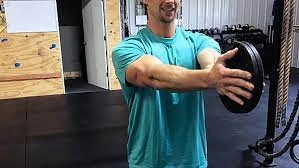
Banded full front raise
This is an exercise band-based strengthening and dynamic range of motion workout for beginners. Begin by standing on one end of the band while gripping the other with your target shoulder. Maintain a straight arm and elevate the band as far in front of you as you can easily. Complete this exercise in 2-4 seconds. Lower the band to finish a cycle and continue as needed.
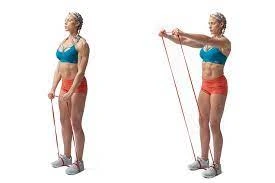
Dumbbell punch
This is a shoulder and elbow flexor training practice. This practice can be done sitting or upright. Begin by bending your arm to 90 degrees and gripping a dumbbell. Raise the arm to shoulder height while stretching the elbow out. The hand will be exactly in front of the arm in a raised posture. Hold this posture for 1-2 seconds before lowering the weight back to the beginning position.
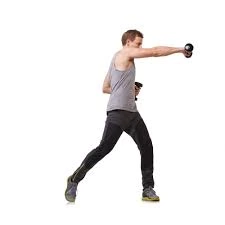
Hammer curl and punch
This exercise incorporates the Hammer curl and the Dumbbell uppercut to form a compound action that strengthens the elbow and shoulder flexors. This practice can be done sitting or upright. Begin by gripping a barbell mid-pronation. (thumbs up grip). Begin by placing your arms exactly beneath your shoulder. Bend the arm to 90 degrees elbow flexion without moving the wrist forwards or backward. Maintain a straight posture by bracing the core. Then, while concurrently straightening the elbow, elevate it to shoulder height. The hand will be exactly in front of the arm in a raised posture. Hold this posture for 1-2 seconds before reversing all of the steps to return the weight to the beginning position.
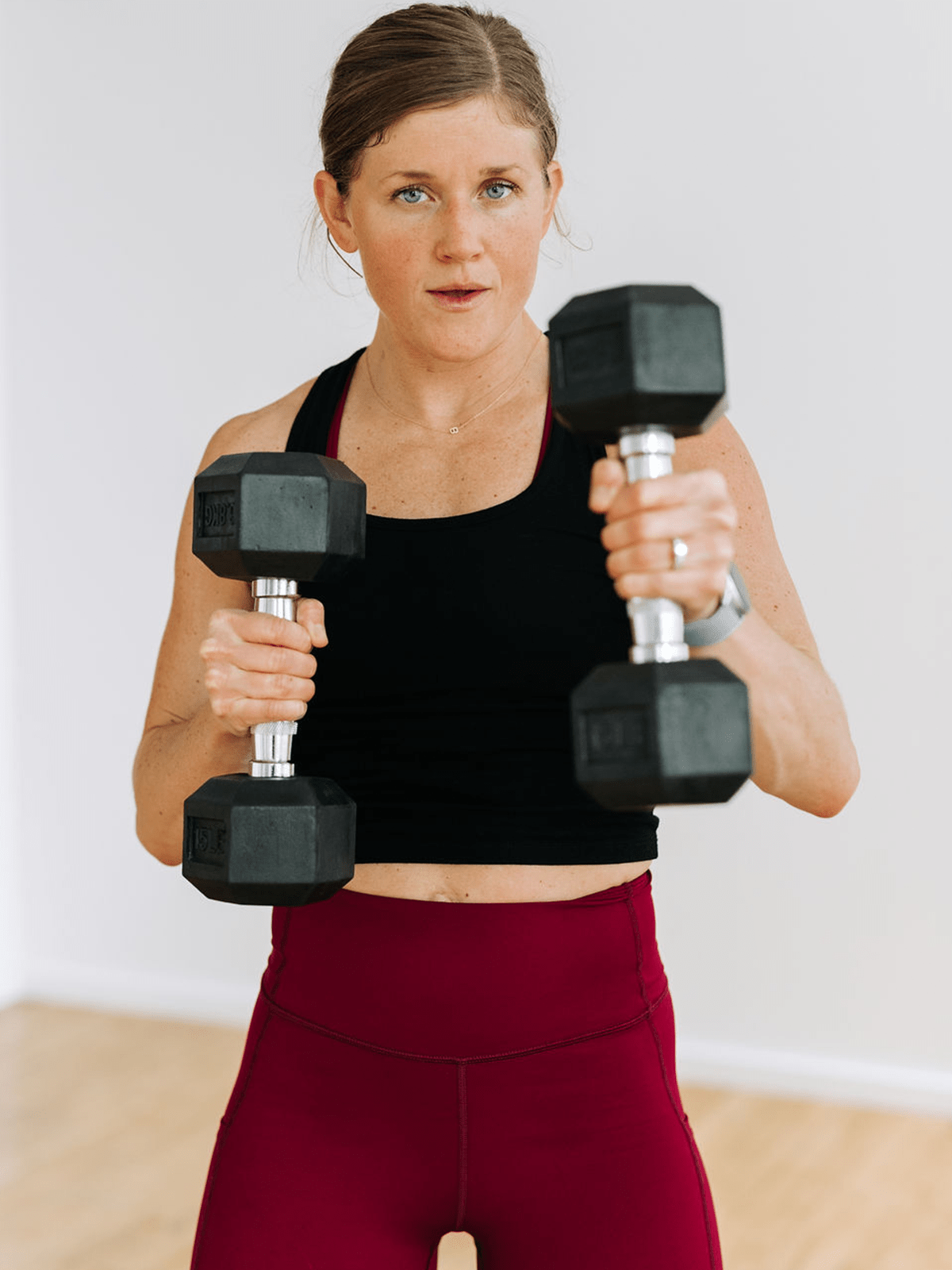
Dowel shoulder flexion
This is a dowel-based shoulder flexion movement practice. Lie on your back and grasp a stick with both palms. Raise the stick aloft and bend your shoulders. Assist the target shoulder into greater acceptable shoulder flexion with the healthy arm. Return to the beginning location after holding the end range for up to 10 seconds.
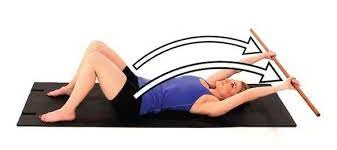
Self-massage
A massage cushion is used in this self-massage method. Begin by rolling a massage ball along a sensitive area on your front shoulder. Pin the massage ball in position and squeeze it to a safe level. Slowly lengthen and abduct your arm behind you to stretch the muscle. Then, in a circular motion, shift your arm into shoulder extension and horizontal adduction. To finish a repetition, return to the extended posture.
FAQ
Can you feel the coracobrachialis?
Palpation
Place your thumb between your biceps and triceps in your armpit as elevated as you can. Then push the arm opposite to your body. You should be capable to feel the coracobrachialis contracting during that motion.
What is the antagonist of coracobrachialis?
The deltoid muscle is the opponent of the coracobrachialis muscle. The deltoid is the big, triangular-shaped muscle of the shoulder. The coracobrachialis works to adduct the shoulder, while the deltoid works to abduct the shoulder. Shoulder adduction and abduction are opposing motions.
What does the name coracobrachialis mean?
This upper arm region of the body is called the brachial region. The coracobrachialis muscle brings its name from its issues of origin and insertion: coracoid process + brachial region = coracobrachialis. The main motions created by this muscle are flexion and adduction of the arm.
Does coracobrachialis flex the elbow?
It provides sensation to the volar forearm from the elbow to the wrist. The essential role of motor innervation is flexion at the elbow (forearm flexion).
Which muscle is the coracobrachialis a synergist of?
The coracobrachialis arises from the coracoid process and inserts on the humeral interior side. It aids in humeral adduction, horizontal adduction, and bending, allowing the arm to move forward, and it works in tandem with the pectoralis minor.

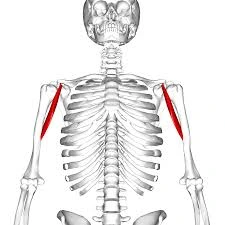
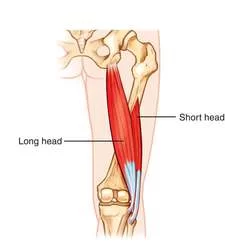
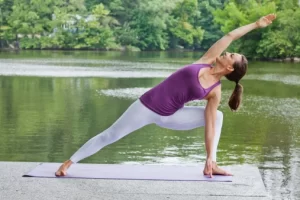

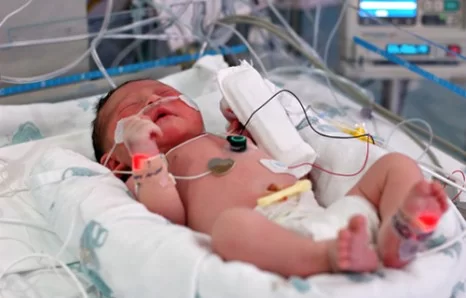
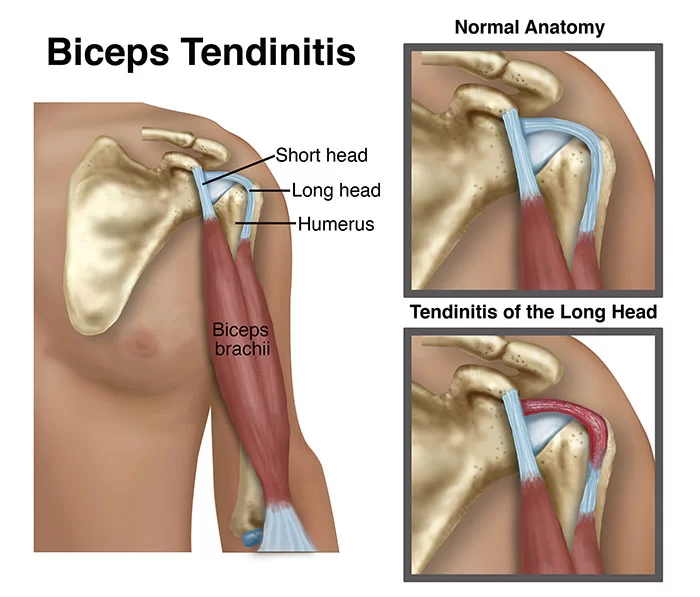
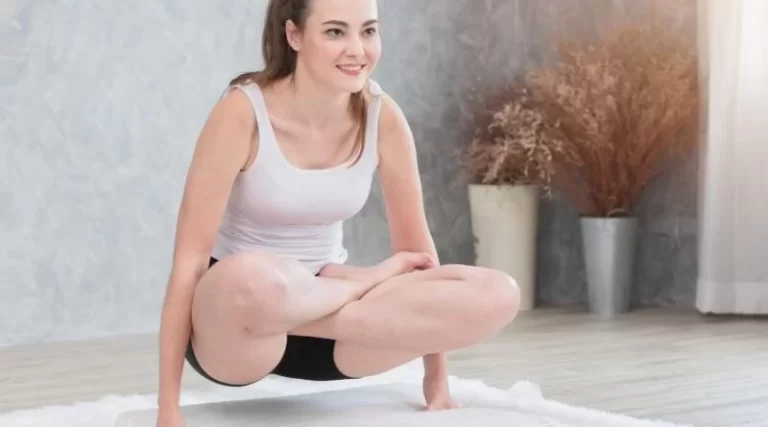
3 Comments